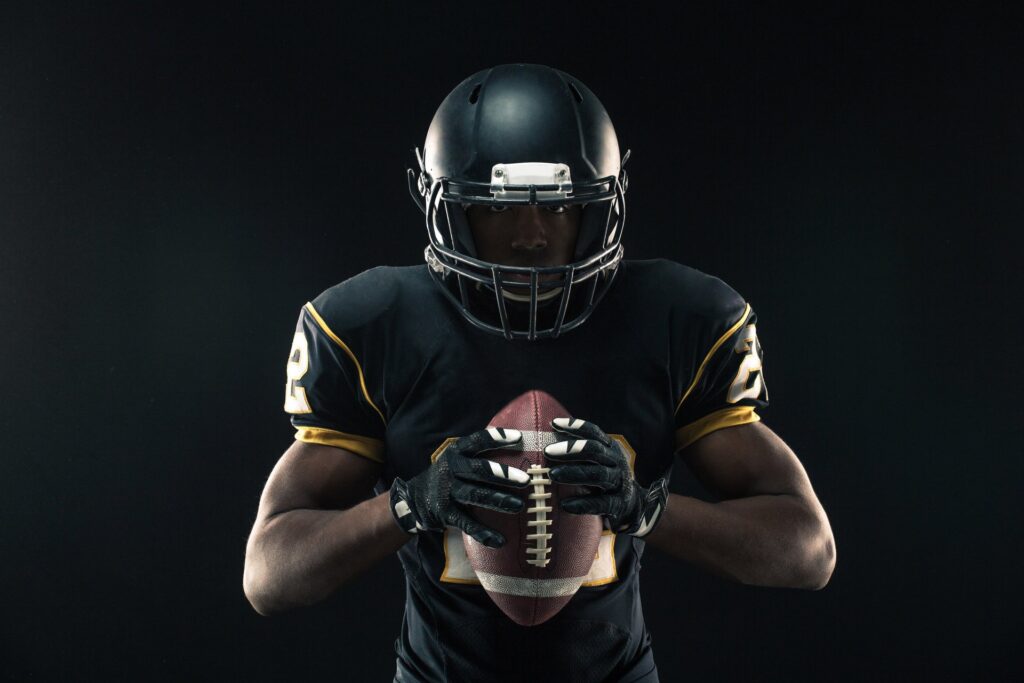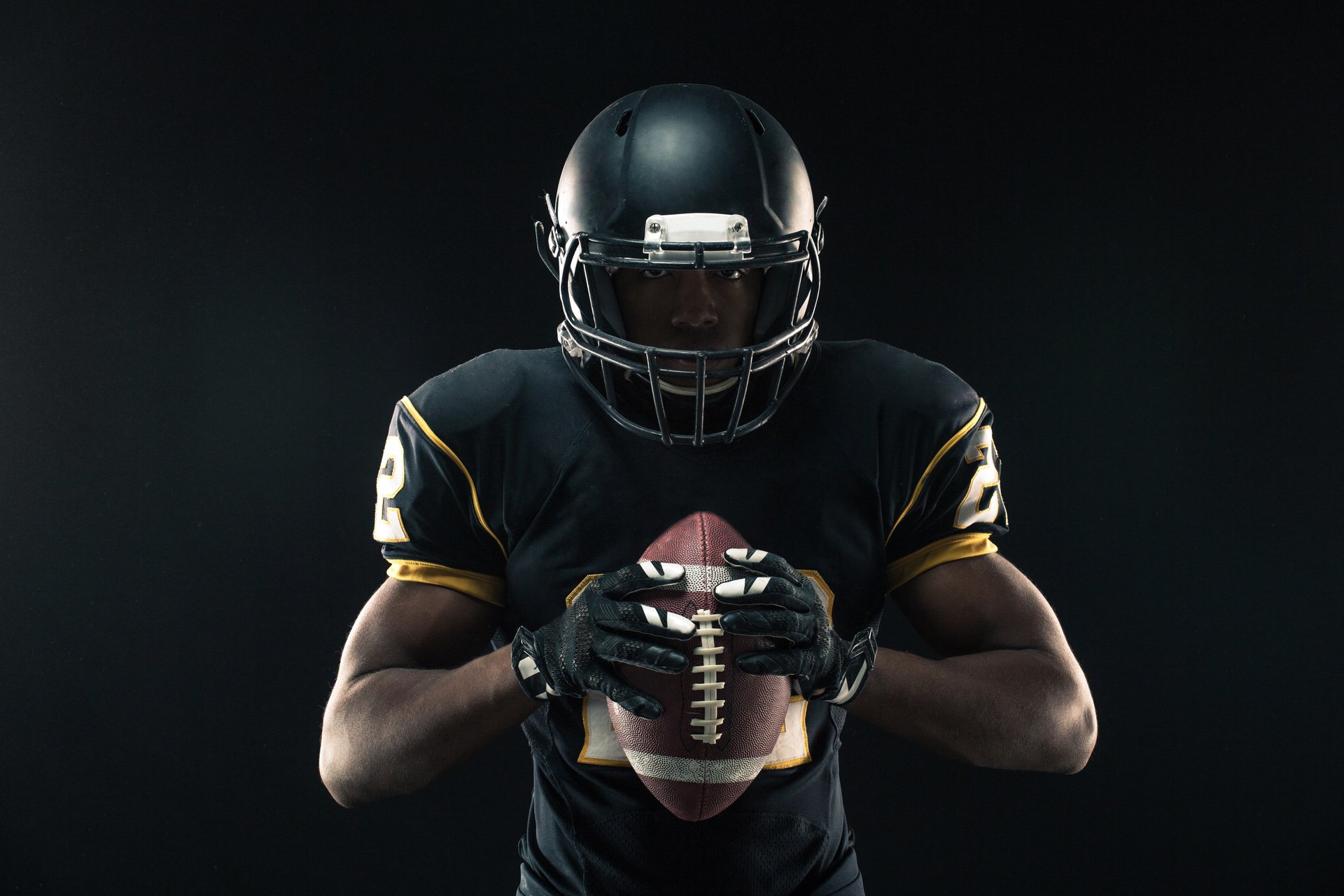
The last few years have seen changes in the world of college athletics, from compensation to addressing racial inequity. To self-advocate, college athletes—particularly Black college athletes—have pushed for increased diversity, equity and inclusion efforts in college sports.
Their goals have included a better understanding of the experiences of Black student athletes in the predominantly white spaces of historically white institutions (HWI) and Division I college athletics. These experiences of how Black college athletes navigate their athletic and academic spaces have been an understudied area of research. But Jonathan Howe, assistant professor in the School of Sport, Tourism and Hospitality Management, is changing that. His paper, “Self-Presentation and Black Male College Athletes at Historically White Institutions,” is one of the first studies examining self-presentation focusing on Black male college athletes (BMCAs).
Howe first studied this area of research in 2020 as part of his dissertation when he was a PhD student. In this paper, he uses two frameworks to understand how BMCAs present in these settings: self-presentation theory and Black critical theory.
Self-presentation can be understood as behaviors or processes an individual uses to control others’ impressions and perceptions, like being a performer in a play.
“So, when you’re on stage, you’re presenting yourself in a specific way because you have this audience,” Howe says. “But backstage, that is typically how we’ve seen it being more authentic. But from a business perspective, [self-presentation] is often called impression management.”
In addition, Black critical theory provided a framework to analyze how self-presentation is impacted by race. The theory primarily focuses on Blackness and anti-Black racism and examining the harm to Black people through societal practices and policies.
In his current research, Howe examined how historically white institutions and Division I athletic environments influence BMCAs’ self-presentation through a Black critical theory lens.
Howe’s study had 16 participants from various Division I college sports across the U.S. The sample also had a mix of students from different competition levels. Data were collected via interviews, an audio diary exercise and tweets from participants’ Twitter profiles.
Howe had several findings. Black athletes often altered their self-presentation in predominantly white settings to avoid feeding into biased assumptions. This shift was based on their desired outcomes and the relationships they had with certain spaces (like predominantly white spaces) and people in those spaces.
In athletic settings, participants shared that because athletics operate as a business environment, they had to adapt how they presented themselves.
“You’re not sharing your personal stories with your coaches or your trainers,” Howe says. “You have to be buttoned up in these situations and they don’t want to present themselves or share something about themselves that could be used negatively against them.”
In an academic context, participants were aware of assumptions that people could have of them and used that knowledge when altering their self-presentation. Participants shared behaviors such as dressing up to go to class to avoid the ‘Black dumb jock stereotype.’
“They didn’t want their professors to view them in a pejorative lens. They didn’t want their classmates too either,” explains Howe.
Howe’s last finding was that not every participant had the same experience. The difference in Division I subdivisions and the type of sport also had significance in how athletes presented themselves.
For example, an athlete who went to a university with an athletic program that was more well known and in the regional or national spotlight had to navigate unspoken rules, like being semi-dressed up instead of sweatpants, on bus trips. An athlete at another athletic program felt that they could present more parts of themselves.
Although his study shows how Black male college athletes altered their presentation, Howe argues that it doesn’t mean that they were inauthentic. Their self-presentation was just more dependent on desired outcomes of their interactions.
“They were actually presenting themselves; they were just altering their presentation to be able to exist without physical or emotional harm in the space,” Howe says.
This strategy is one of the ways BMCAs counter other people’s norms that get placed on them. BMCAs have learned to navigate these spaces to accomplish their goals.
So how can those who work with BMCAs better support them? One of Howe’s suggestions is that collegiate organizations can have yearly external reviews of their practices and policies to see how they affect racially minoritized students in athletic and academic settings. In addition, organizations should intentionally have spaces for BCMAs where they can be themselves without altering how they represent themselves.
In the classroom, professors can take these findings to examine what kind of environment they are creating in their classrooms for their BMCAs.
It is important for sport stakeholders, professors and student affairs professionals to keep a critical eye to understand the experiences of BMCAs. It is also important to avoid a “one-size fits all” approach. Solutions will have to be uniquely developed for each institution.
“In an era where diversity and inclusion efforts are increasing, it is of the utmost importance that athletic departments do not fall into a neoliberal multiculturalism mindset that ‘we have made it’,” says Howe.
